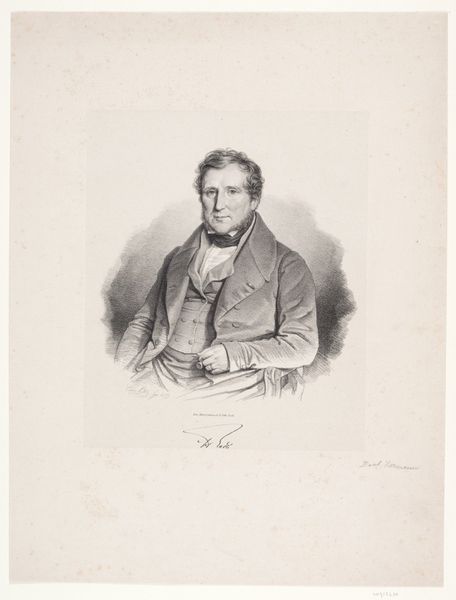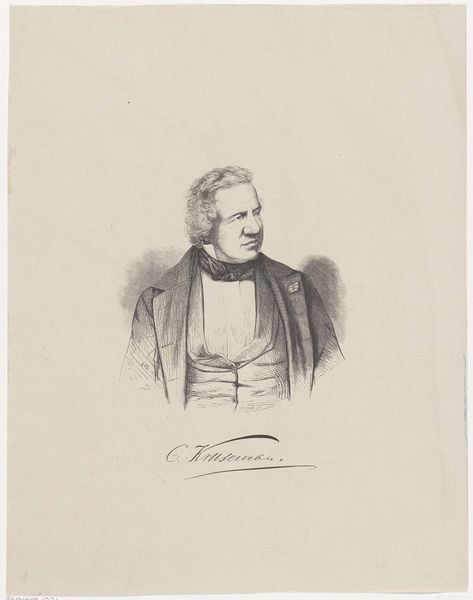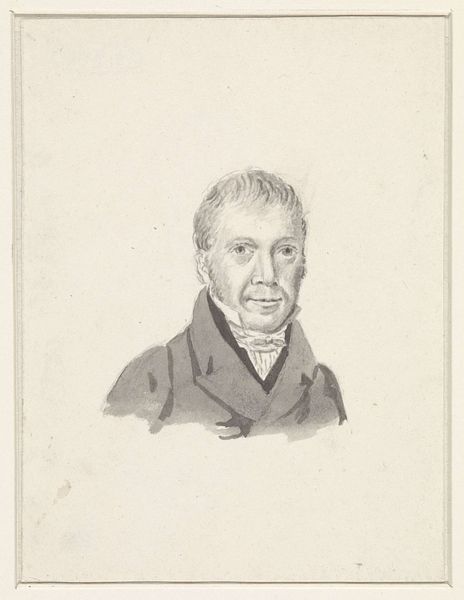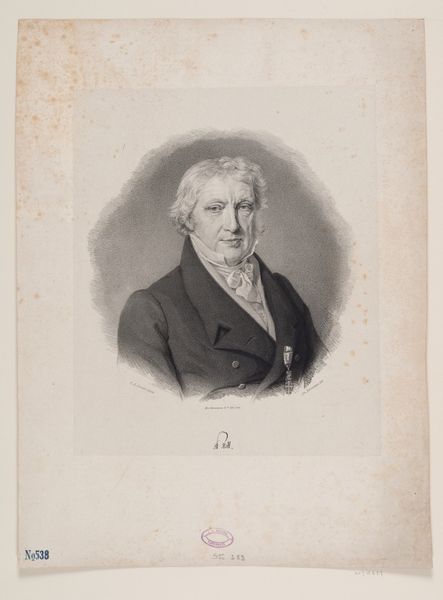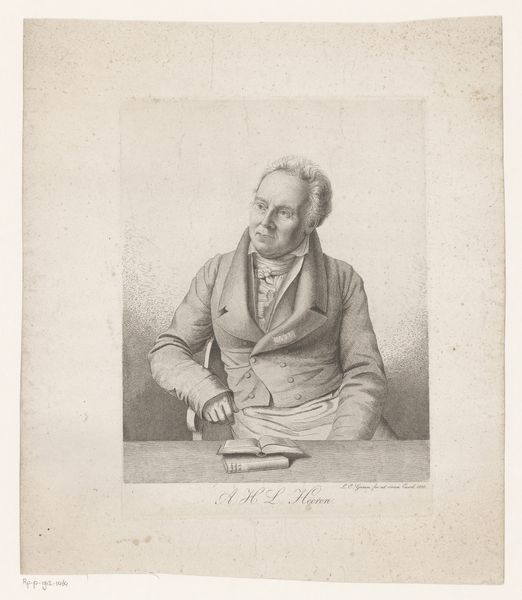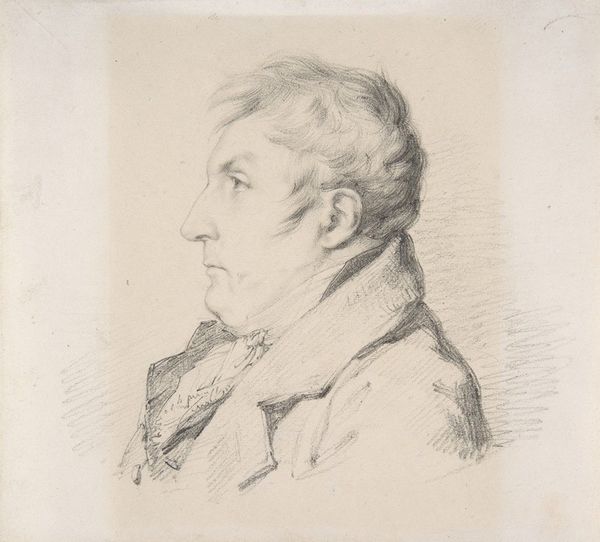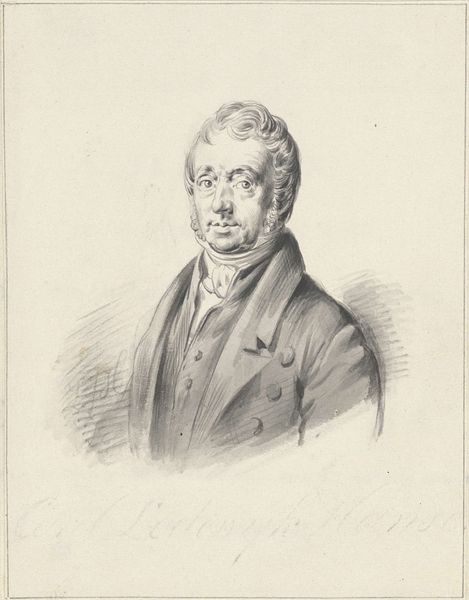
drawing, graphic-art, lithograph, print, pencil
#
portrait
#
pencil drawn
#
drawing
#
graphic-art
#
self-portrait
#
lithograph
# print
#
pencil drawing
#
romanticism
#
pencil
#
portrait drawing
Dimensions: 120 mm (height) x 74 mm (width) (bladmaal)
Editor: We're looking at "Selvportraet," a self-portrait drawing made between 1776 and 1840, credited to Johan Hanck. The hatching technique creates a striking visual texture; how do you interpret the graphic qualities of this work? Curator: The emphasis falls primarily on the surface of the work itself, and the artist’s choices are revealed in his draftsmanship. The strategic arrangement of marks produces a distinct pattern—the convergence and divergence of lines articulating form and volume. Notice how the contrasting values, created through varying densities of hatching, generate spatial depth and also illuminate the subject’s visage, further enriching our perception. Are you noticing any other aspects in terms of tonality and distribution of weight across the image? Editor: It seems like he used much heavier marks on the figure's right, our left. Maybe this gives the image more dimension and suggests a light source. Does this type of shading serve any deeper compositional purpose? Curator: The artist leverages the interplay of light and shadow to heighten visual drama and accentuate certain features while softening others, like how the strategic darkening on the side gives greater structure to the composition. The formal elements such as the linearity, chiaroscuro, and textural variations contribute to the aesthetic unity of the piece and elevate its emotive resonance. Does the distribution of visual elements produce tension? Or harmony? Editor: There's something compelling about the intense gaze and slight asymmetry, although the balance in tonality prevents the composition from feeling too unstable. I didn’t initially see this work beyond just its surface. Curator: Exactly. The beauty often lies in these intricate structural relationships and how the formal components orchestrate our visual experience.
Comments
No comments
Be the first to comment and join the conversation on the ultimate creative platform.
